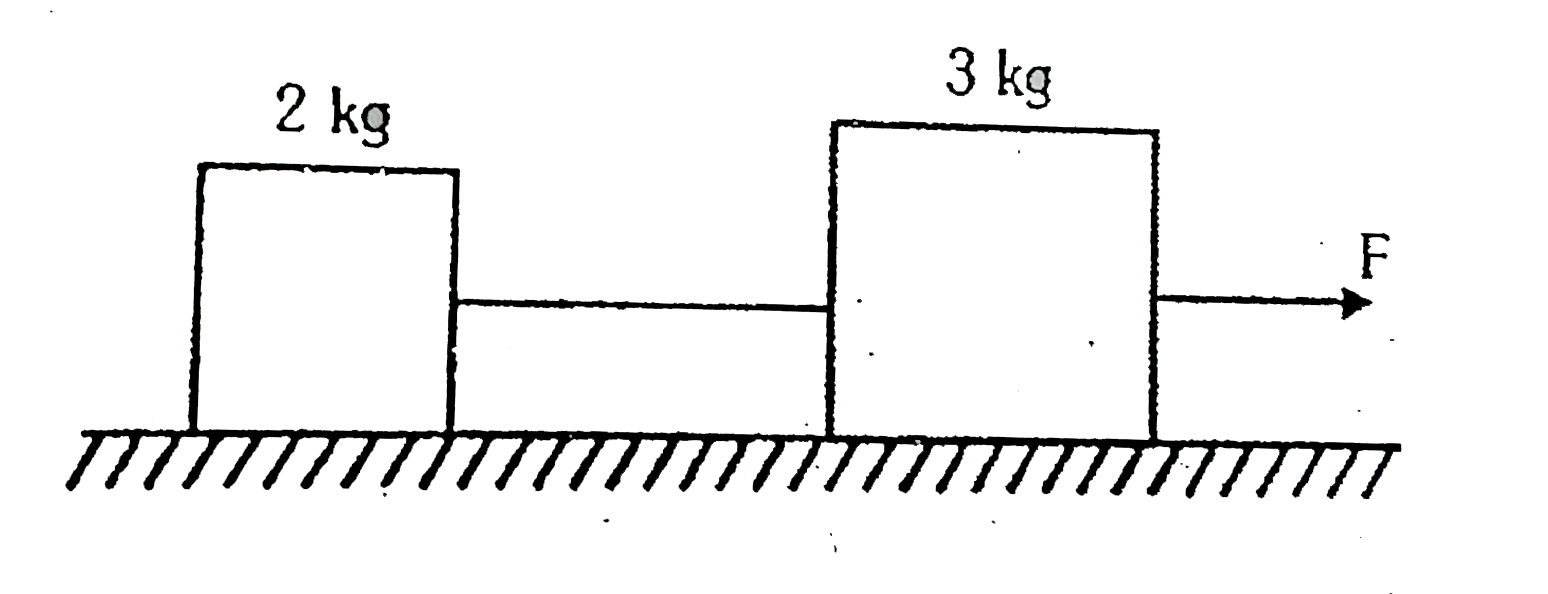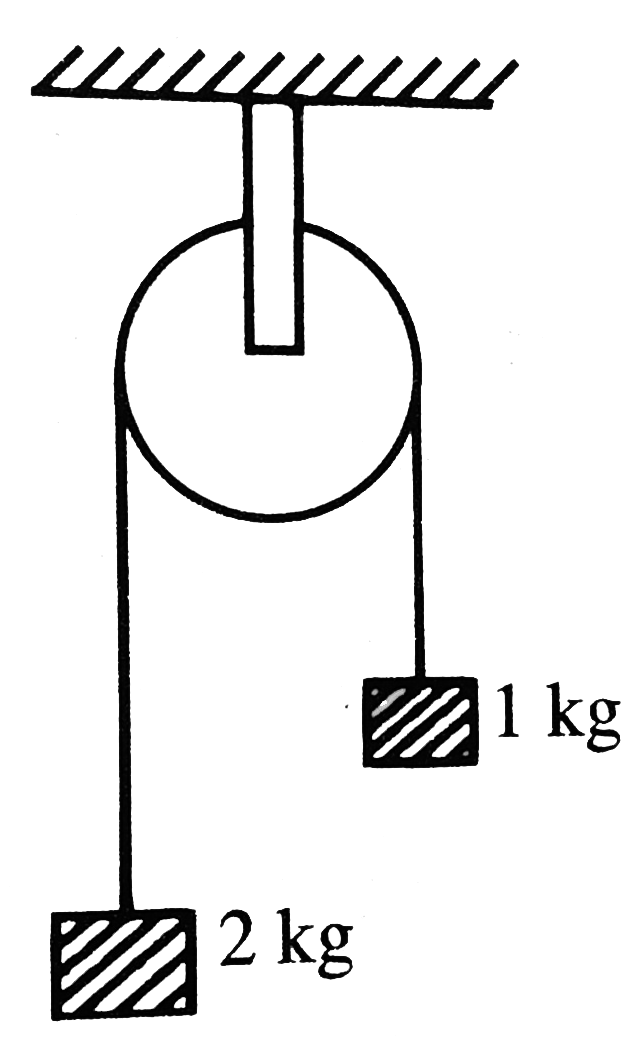Breaking stress depends on
Length of wire
Area of cross-section of wire
Both (1) & (2)
Independent of length and area of cross-section
To determine what breaking stress depends on, let's analyze the options provided and the concept of breaking stress.
1. Understanding Breaking Stress:
- Breaking stress is defined as the stress at which a material fails or breaks. It is a measure of the maximum stress that a material can withstand before it fractures.
2. Factors Affecting Breaking Stress:
- Breaking stress is primarily determined by the material properties of the wire. This includes factors such as the molecular structure, bonding, and overall composition of the material.
3. Analyzing the Options:
- Option 1: Length of wire: Breaking stress does not depend on the length of the wire. The breaking stress is a material property and remains constant regardless of the length.
- Option 2: Area of cross-section of wire: Similarly, breaking stress is independent of the area of cross-section. While the force applied and the area can affect the overall stress experienced by the wire, the breaking stress itself is a characteristic of the material.
- Option 3: Both 1 and 2: Since breaking stress does not depend on either the length or the area of cross-section, this option is incorrect.
- Option 4: Independent of length and area of cross-section: This option correctly states that breaking stress is independent of both the length and the area of cross-section of the wire.
4. Conclusion:
- Based on the analysis, breaking stress depends only on the material of the wire and is independent of both the length and the area of cross-section. Therefore, the correct answer is Option 4.
Final Answer:
Breaking stress depends on the material of the wire and is independent of length and area of cross-section. The correct answer is Option 4.
---
- Breaking stress is defined as the stress at which a material fails or breaks. It is a measure of the maximum stress that a material can withstand before it fractures.
- Breaking stress is primarily determined by the material properties of the wire. This includes factors such as the molecular structure, bonding, and overall composition of the material.
- Option 1: Length of wire: Breaking stress does not depend on the length of the wire. The breaking stress is a material property and remains constant regardless of the length.
- Option 2: Area of cross-section of wire: Similarly, breaking stress is independent of the area of cross-section. While the force applied and the area can affect the overall stress experienced by the wire, the breaking stress itself is a characteristic of the material.
- Option 3: Both 1 and 2: Since breaking stress does not depend on either the length or the area of cross-section, this option is incorrect.
- Option 4: Independent of length and area of cross-section: This option correctly states that breaking stress is independent of both the length and the area of cross-section of the wire.
- Based on the analysis, breaking stress depends only on the material of the wire and is independent of both the length and the area of cross-section. Therefore, the correct answer is Option 4.
Breaking stress depends on the material of the wire and is independent of length and area of cross-section. The correct answer is Option 4.
Topper's Solved these Questions
- MECHANICAL PROPERTIES OF SOLIDSBOOK - AAKASH INSTITUTE ENGLISHCHAPTER - MECHANICAL PROPERTIES OF SOLIDSEXERCISE - Assignment(Section-A)
54 Videos
- MECHANICAL PROPERTIES OF SOLIDSBOOK - AAKASH INSTITUTE ENGLISHCHAPTER - MECHANICAL PROPERTIES OF SOLIDSEXERCISE - Assignment(Section-B)
26 Videos
- MECHANICAL PROPERTIES OF SOLIDSBOOK - AAKASH INSTITUTE ENGLISHCHAPTER - MECHANICAL PROPERTIES OF SOLIDSEXERCISE - Assignment (SECTION - J)
2 Videos
- MECHANICAL PROPERTIES OF FLUIDSBOOK - AAKASH INSTITUTE ENGLISHCHAPTER - MECHANICAL PROPERTIES OF FLUIDSEXERCISE - SECTION - J
9 Videos
- Mock test 03BOOK - AAKASH INSTITUTE ENGLISHCHAPTER - Mock test 03EXERCISE - EXAMPLE
44 Videos
Similar Questions
Knowledge Check
The breaking stress of a wire depends on
AÂ length of the wireBradius of the wireCmaterial of the wireDshape of the cross-section
Two bodies of masses 2kg and 3kg are connected by a metel wire of cross section 0.04 mm2. Breaking stress of metel wire is 2.5 Gpa. The maximum force F that can be applied to 3kg block so that wire does not break is :

View SolutionMaximum pressure difference between inner and outer surface of a thin walled circular tube of radius r and thickness Δr(Δr<<r) so that tube won't break is (Breaking stress of the material is σ0)
View SolutionA copper collar is to fit tightly about a steel shaft that has a diameter of 6 cm at 20∘C. The inside diameter of the copper collar at the temperature is 5.98cm
If the breaking stress of copper is 230N/m2, at what temperature will the copper collar break as it cools?
View SolutionThe breaking stress of a wire depends on
View Solutionif ρ is the density of the meterial of a wire and σ is the breaking stress. The greatest length of the wire that can hang freely without breaking is
View SolutionTwo blocks of masses 1 kg and 2kg are connect by a metal wire going over a smooth pulley as shown in figure. The breaking stress of the metal is 2×109Nm−2. What should be the minimum radius of the wire used if it is not to break? Take g=10ms−2

View SolutionTwo blocks of masses 1kg and 2kg are connected by a metal wire going over a smooth pulley as shown in figure.
The breaking stress of the metal is (40/3π)×106N/m2. If g=10ms−2, then what should be the minimum radius of the wire used if it is not to break?

View Solution
